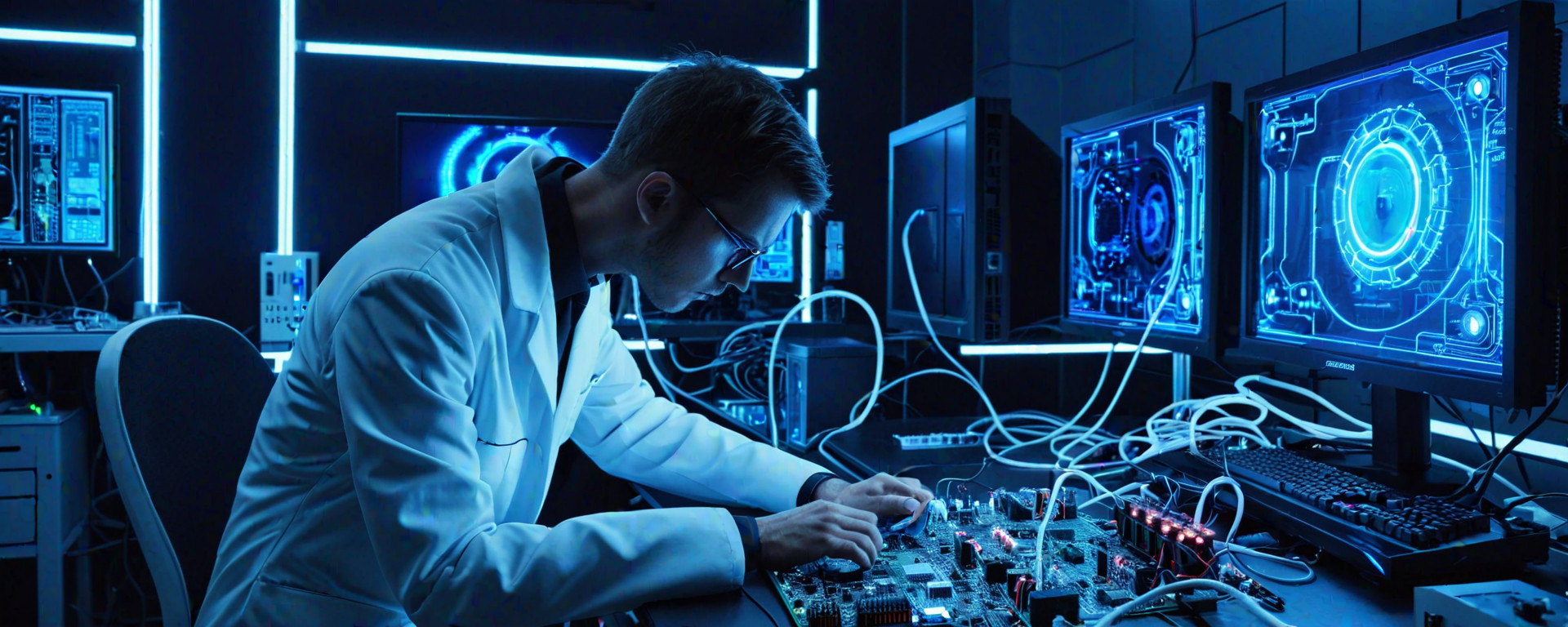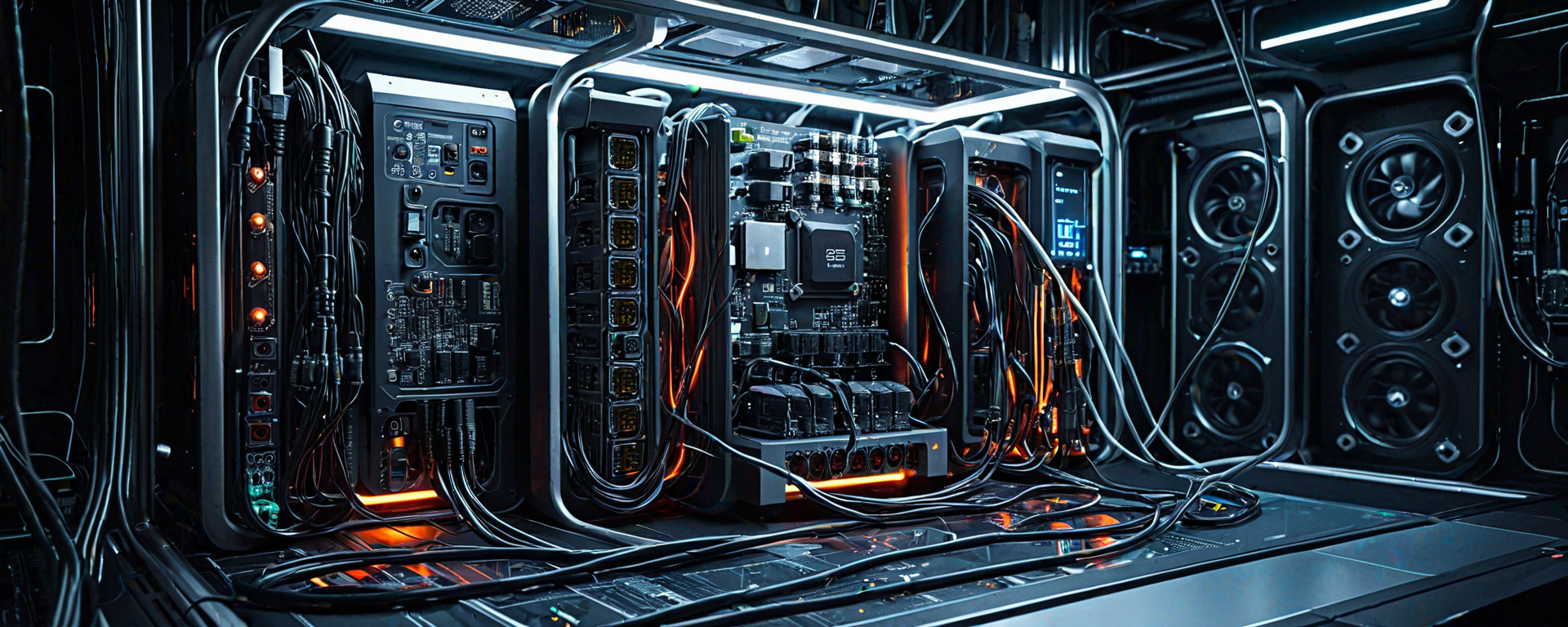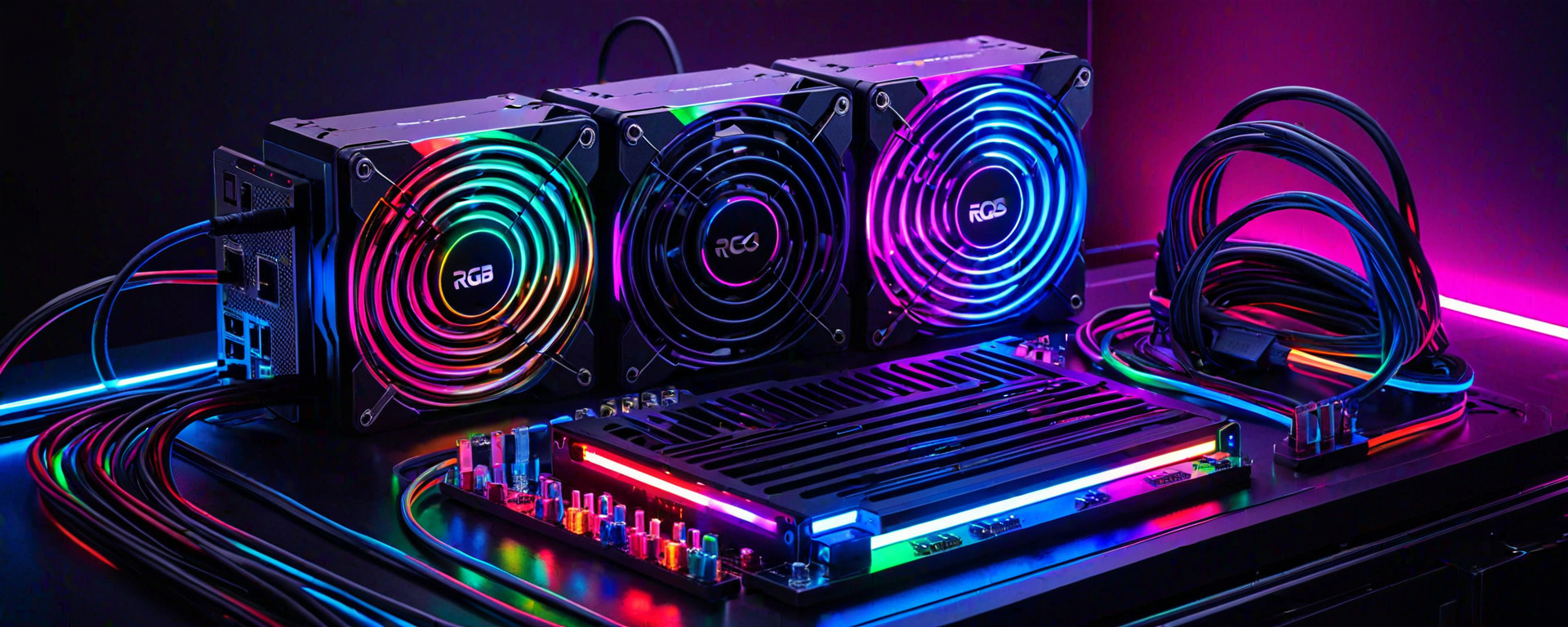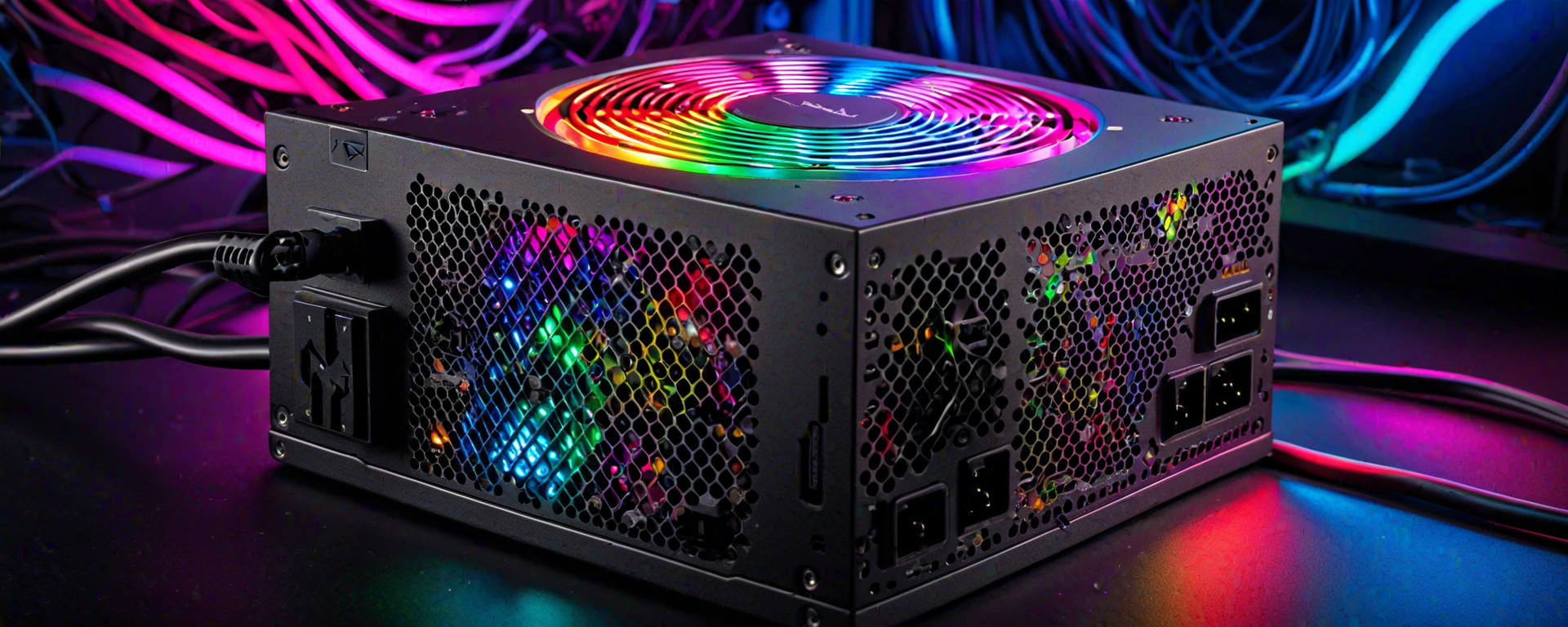Introduction
Troubleshooting power supplies is a critical aspect of maintaining your personal computer's stability and performance. A faulty or inadequate power supply unit (PSU) can lead to a range of issues that might otherwise be difficult to diagnose, such as frequent system crashes, unexpected reboots, blue screen errors, hardware malfunctions, and overheating problems. This article aims to provide a comprehensive guide on how to identify whether your PSU is the culprit behind these issues and how to address them effectively.
In this article, we will cover various aspects of power supplies, from understanding their basic function and components to diagnosing common symptoms associated with faulty PSUs. We'll also delve into preventive measures, maintenance tips, and a comparison of leading power supply brands. By the end of this guide, you should have a solid understanding of how to troubleshoot your PSU and maintain optimal PC performance.
Understanding Power Supplies
The power supply unit (PSU) is an essential component in any computer system, responsible for converting AC power from the wall socket into DC power that various internal components can utilize. A reliable PSU ensures that all components receive a stable and consistent power supply, preventing malfunctions and overheating.
Basic Function
The primary function of a PSU is to regulate voltage levels and protect against fluctuations in incoming AC current. It also provides multiple connectors for powering different hardware components like the motherboard, graphics card, hard drives, and fans.
Main Components
- Transformer: Converts high-voltage AC from the power grid to low-voltage DC.
- Bridge Rectifier: Smoothes out alternating current into direct current.
- Capacitors: Store electrical energy and stabilize voltage levels.
- Voltage Regulator Module (VRM): Ensures consistent power delivery to sensitive components like the CPU and GPU.
- Fuses: Protect against overcurrent conditions, preventing damage to other components.
Common Symptoms of a Faulty PSU
A malfunctioning PSU can manifest in various ways. Here are some common symptoms that may indicate issues with your power supply unit:
Frequent System Crashes and Reboots
- Causes: Inconsistent voltage levels, overheating.
- Symptoms: Random crashes or unexpected reboots without warning.
Blue Screen Errors (BSOD)
- Causes: Power supply instability leading to hardware errors.
- Symptoms: Blue screen of death with error messages like "INACCESSIBLE_BOOT_DEVICE" or "PAGE_FAULT_IN_NONPAGED_AREA."
Hardware Malfunctions and Overheating
- Causes: Insufficient power delivery, poor cooling efficiency.
- Symptoms: Overheated components, failed hardware tests (e.g., GPU stress test failures).
Diagnostics and Testing Methods
To determine if your PSU is causing issues, it's crucial to perform thorough diagnostics. Here are some methods to diagnose a faulty power supply unit:
Visual Inspection
- Check for physical damage: Look for signs of overheating (discolored or melted plastic), dust accumulation, and loose connections.
- Inspect the power connectors: Ensure all cables are securely plugged into their respective sockets on the motherboard and other components.
Bench Testing with a PSU Tester
- Select a reliable tester: Use a reputable PSU tester like the APPS-PS01.
- Follow instructions carefully: Connect all necessary cables, and run tests to check for stability, wattage output, and voltage regulation.
Stress Testing with Software Tools
- Prime95: Run the 'Blend Test' to stress your CPU and memory. Monitor system temperatures during testing.
- FurMark: Stress test your GPU using this tool while observing for any stability issues or overheating conditions.
Maintenance Tips and Preventive Measures
To prevent PSU-related problems, regular maintenance is essential. Here are some tips to keep your power supply unit in top condition:
Cleaning the Interior of Your PC Case
- Remove dust regularly: Use compressed air or a vacuum cleaner to clear out dust from fans and PSU vents.
- Keep components cool: Ensure adequate airflow within your case, using additional fans if necessary.
Suitable Cable Management Practices
- Organize cables neatly: Avoid cable clutter by routing them properly and securing with ties or clips.
- Avoid obstructing air vents: Ensure no cables block the PSU's intake or exhaust.
Comparison of Leading Power Supply Brands
When selecting a new power supply unit, it's crucial to choose from reputable manufacturers known for quality and reliability. Here are some top brands along with their key features:
| Brand | Key Features | Pricing Range (USD) |
|---|---|---|
| Corsair RM Series | 80 Plus Gold certification, modular cables, robust build quality. | $120 - $350 |
| Seasonic Prime Ultra | High efficiency, fully modular design, advanced thermal control. | $160 - $400 |
| Cooler Master MWE Gold | Affordable pricing, 80 Plus Gold certification, reliable performance. | $75 - $220 |
| EVGA SuperNOVA G6 | Fully modular cables, advanced thermal sensors, robust build quality. | $140 - $370 |
Conclusion
A faulty power supply unit can significantly impact the stability and longevity of your computer system. By understanding common symptoms, performing thorough diagnostics, implementing preventive maintenance practices, and choosing quality brands for replacements, you can ensure a reliable and efficient power delivery to all components.
If you suspect issues with your current PSU or are considering an upgrade, consult with professionals at NewEgg or other reputable retailers for guidance tailored to your specific needs.








